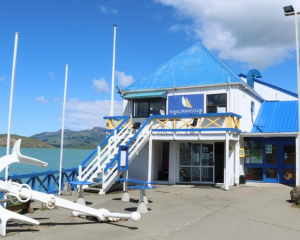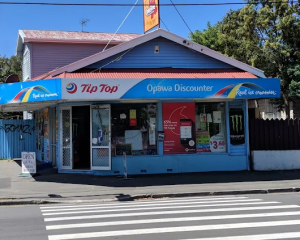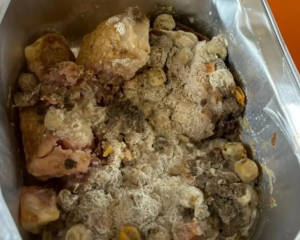
Homebush Sydney fractured a femur at Ascot Park Raceway in Invercargill on June 11 and was euthanised. Two days later, Homebush Feijoa collapsed and died at Addington Raceway in Christchurch.
Midnight Brockie was euthanised the same day after suffering a fracture at Hatrick Raceway in Whanganui.
SAFE campaigns manager Emma Brodie said: "Three dogs in three days is not just a tragedy - it’s a damning indictment of an industry that treats these animals as expendable."
Sixteen dogs have died this season, surpassing last year’s 13 with six weeks of racing remaining, The Press reported.
The latest deaths come after Greyhound Racing New Zealand sought a review of the Government’s impending ban in the High Court.
"We must remember that behind every number is a dog who felt pain, fear, and suffering in their final moments. That should shake us to our core," Brodie said.
However, GRNZ board member Craig Roberts told The Press SAFE was cherry picking its examples.
"They’re picking on greyhound racing because we’re a small industry and we’re an easy target. They’re not interested in attacking those bigger outfits, like horse racing and that, because they wouldn’t have any chance.”
Roberts told The Press many pet dogs died from medical events but SAFE was ignoring this. He told The Press greyhound trainers were always "distraught" if their dog died.
GRNZ chief executive Edward Rennell is also worried the Government, as part of its intended ban of the sport, will enter unprecedented territory and requisition the organisation’s $16m savings fund, which it built up over decades.
Rennell said GRNZ is an Incorporated Society, with funds held on behalf of participants in the sport. He says governments can only forcibly close and appropriate funds of an Incorporated Society for financial misconduct, insolvency or failure to submit returns.
But a statement from Rennell said GRNZ "has operated impeccably and complied with all requests made of it".
"The Government will execute the sport on trumped up charges, and make us pay for the gallows and grave.
"Those funds were built up over decades by generations of sport participants. It belongs to them,” Rennell said.













